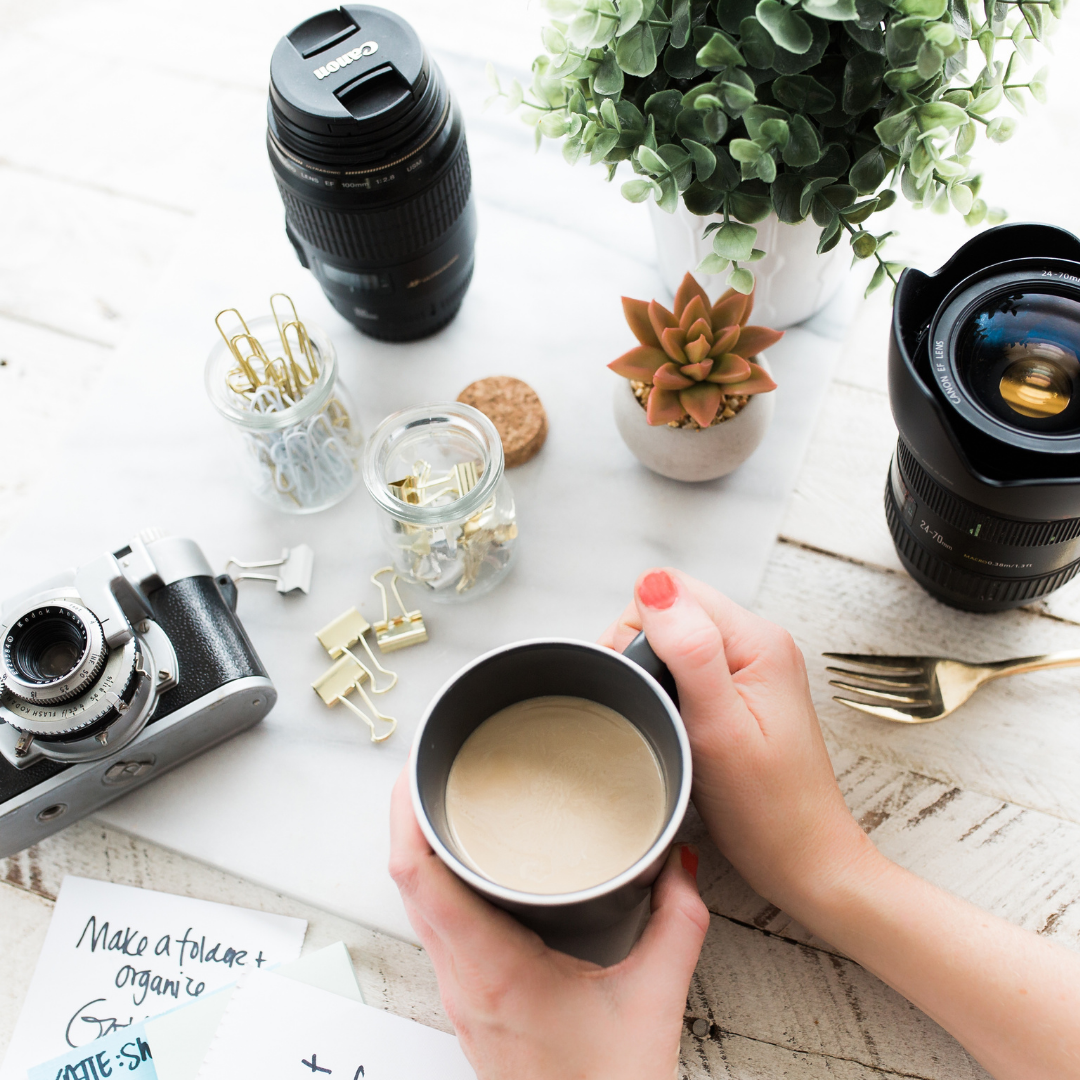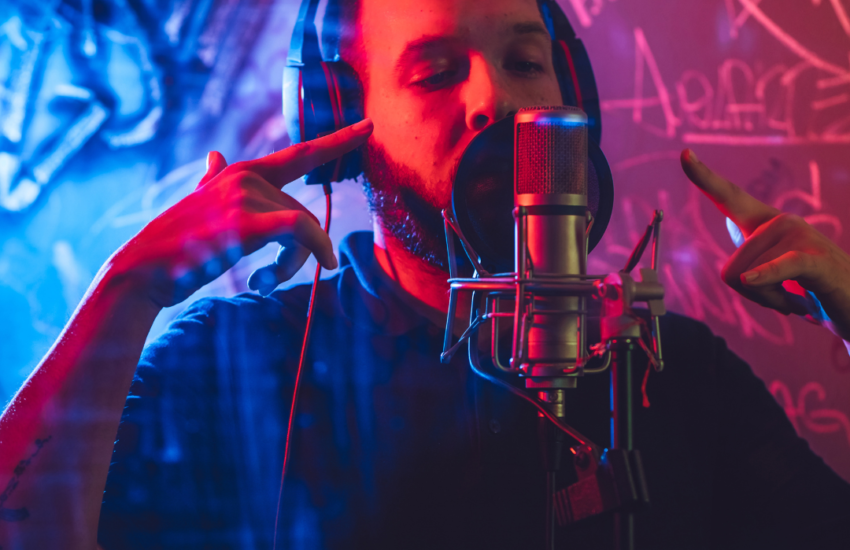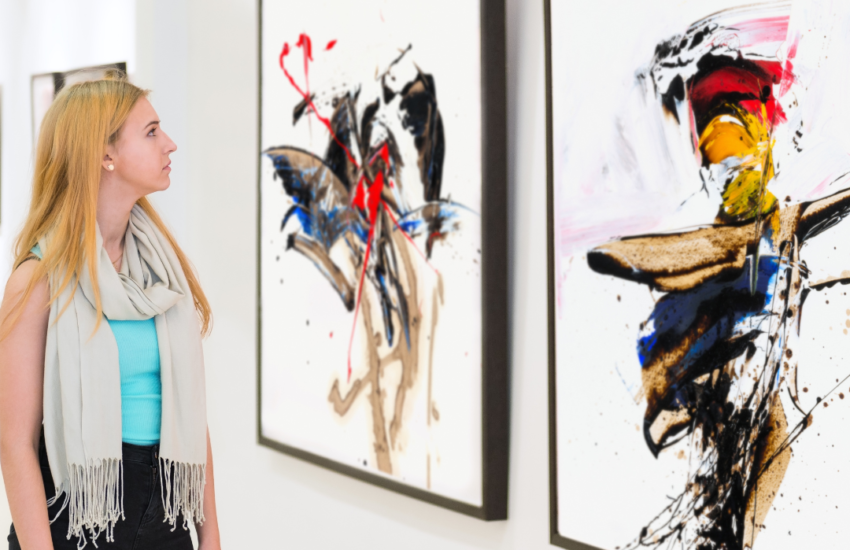What Are the Basics of Photography?
A photographer is someone with a passion for capturing the world in all its beauty. The basic tools of a photographer’s trade include a camera, a tripod, and a lens. Cameras are disposable, but lenses can last a lifetime. A photographer will use a wide array of lenses to get the picture that they desire. A simple zoom lens is ideal to start out with, while a telephoto lens is great for portraits.
Here Are the Basics of Photography:
These are elements that are very important in photography.
- Aperture
The aperture is the hole in the lens that allows light to pass through it. Aperture is the iris of the camera lens. It’s a hole that lets light in but does not let it out. Aperture is the opening at the front of a lens that allows light to pass through. It works like a camera’s iris by opening wider to let more light in or closing to let less light in. The f/stop refers to the size of the hole, with smaller f/stops allowing more light to pass through, while larger f/stops allow less light to pass. Several factors affect the aperture.
- Shutter speed
The shutter is a cloth or metal curtain inside the camera that keeps the light from entering the camera, allowing the photographer to take a picture. Most cameras have a dial or switch that allows the photographer to choose how long the shutter stays open (how long the light is allowed to enter the camera). A shutter is a mechanism that opens and closes the aperture. In photography, setting the correct speed is an important part of capturing a photo that looks good. For most people, shutter speed is the most important thing they can control when keeping the camera still.
The concept of shutter speed is actually relatively simple: an object, such as a person, a car, or a tree, is held still by a camera’s shutter. A shutter with a fixed opening is called a “fast” shutter. A shutter that opens and closes with a certain amount of time is measured in fractions of a second: 1/500, 1/250, and so on. 1/500 is the fastest, with each number representing a smaller opening. If you want your shutter to stay open longer, then reduce the number in the denominator.
- Lighting
One of the most important elements of photography is lighting. Light is the essential element that makes a photograph; there is no picture without light. A common misconception is that a photographer must have expensive equipment to take good pictures, but this is not true. With the proper lighting, a person can take great pictures.
- Composition
The term comes from the Latin word “composire,” which means “to compose.” This means that the word “composition” is used to describe something assembled, not just something created. And this is exactly what we are doing when we compose a picture. You should compose a picture, not just take a photo. You should consider the meaning of the picture you are taking, the purpose of the picture, and the impact the picture will have.
- Focus
If you are having trouble getting your photos to focus, you might want to check out the helpful resources that explain how to focus your camera. Most of them will have good video tutorials that will help you get familiar with the process, and it’s always good to learn from the best! Focus is something that can be drawn out to make a much cooler story. The ability to hold your subject in your eye for several seconds allows you to capture a unique image that’s more than just a fleeting glance at some things.
A camera is an electronic device that allows you to take snapshots or digital photos to most people. But the truth is, it’s a lot more than that. In many ways, you can say that a camera is a machine that has the ability to take in light and process it into an image. But beyond that, that’s where all the magic begins.
The best way to learn photography is to take lots of photos. You can then look through the photos to get ideas for your own work. There are hundreds of ways to make your photos look better, but at their heart, they are all about the same basic ingredients: aperture, shutter speed, lighting, composition, and focus.



